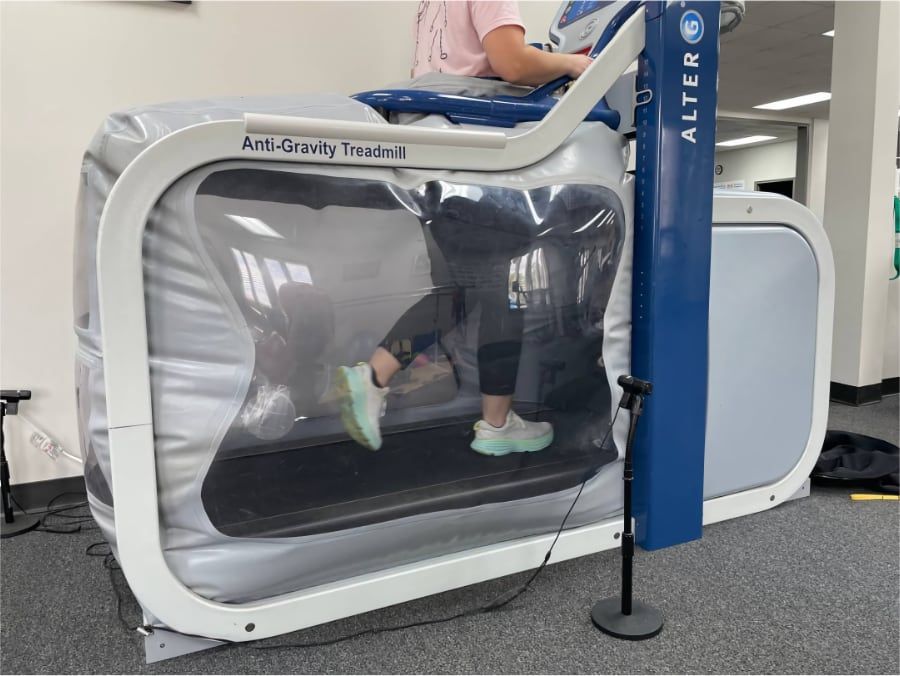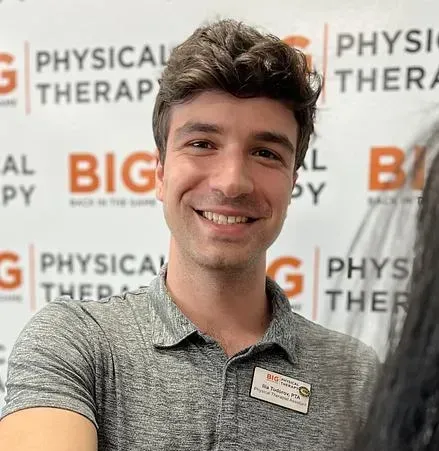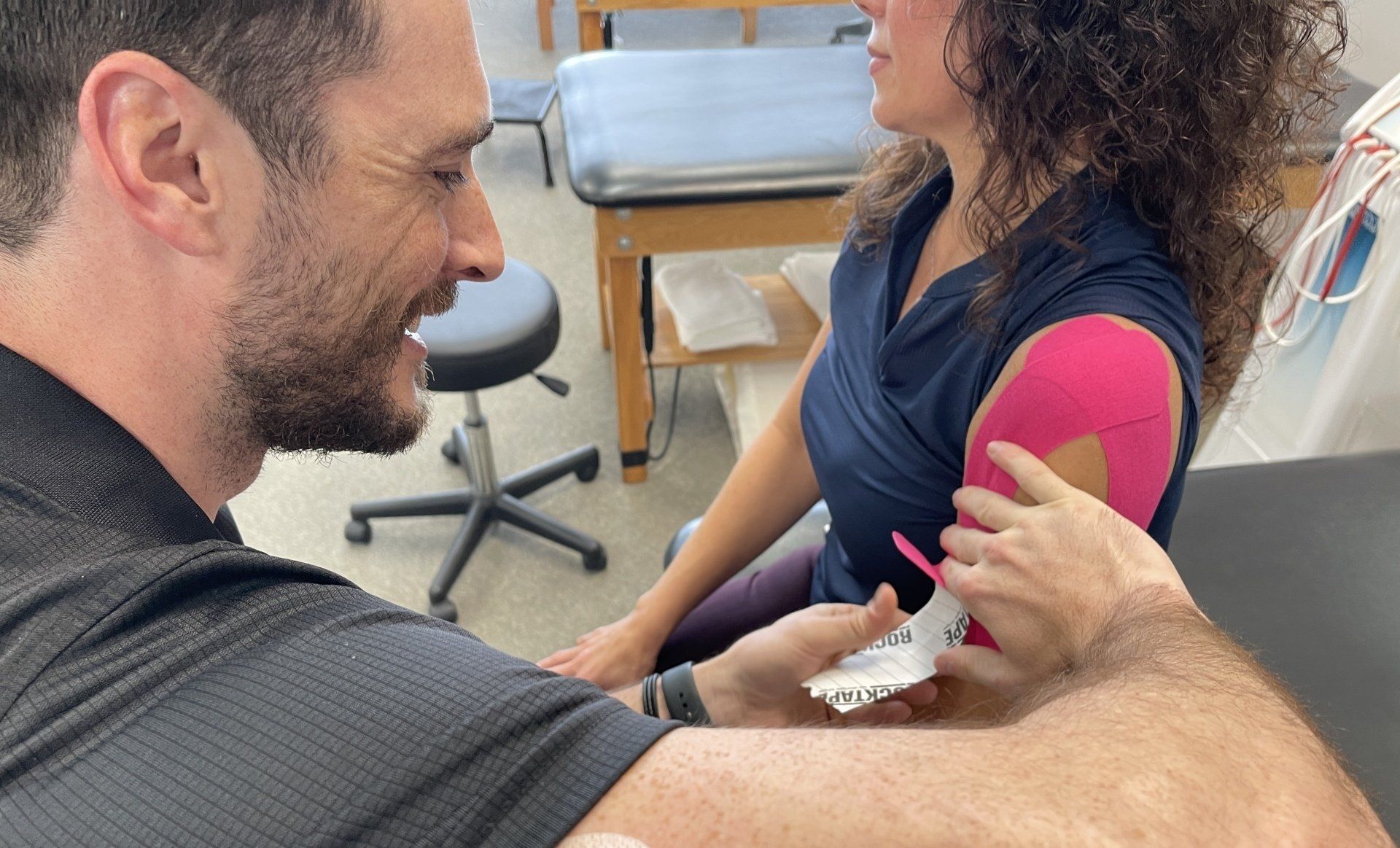Physical Therapy for Sports Injuries: When to See a PT
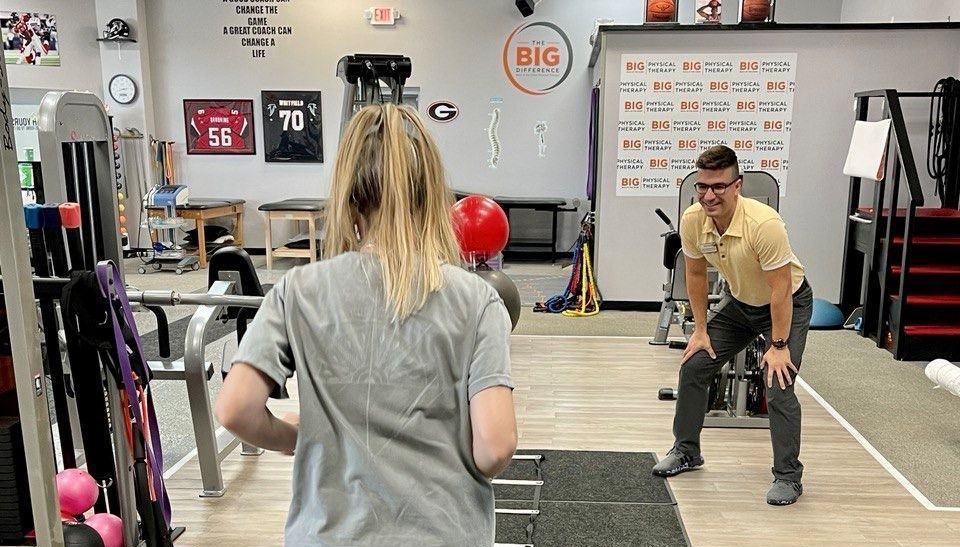
If you've suffered a sports injury, you may have been told that you need to have physical therapy or that it would be a good idea. But if you've never been to an appointment for physical therapy for sports injuries before, you may not know what to expect from the experience. Physical therapy involves a range of activities to help you get back on your feet successfully, whether through cold therapy to reduce swelling, dry needling to relieve pre- and post-surgical pain and mobility issues, passive motion to keep adhesions from forming, exercises to strengthen the area around the injury to prevent a reoccurrence, or stretching to restore flexibility. In this post, we'll go over the ways that physical therapy for sports injuries can help you through the healing process effectively, providing you with options to recover more quickly and get back into the swing of things.
How Can Physical Therapy Help with Sports Injuries?
Physical therapy for sports injuries helps you heal and get back to normal in several ways. To start, it reduces pain and swelling. Though it may be tempting to remain still and avoid motion, the pain that you feel during passive motion forms of physical therapy helps prevent adhesions from forming, which can cause future pain and limit your range of motion while temporarily increasing swelling.
Physical therapy also improves your balance and mobility by strengthening and stretching the muscles that keep you in a stable position for your sport. These muscles may be weakened after an injury or surgery, which can throw off these aspects of your athletic ability, because you can't count on those tissues the same way as you could before the injury or surgery.
When you undertake exercises offered by physical therapy, you'll strengthen your body around the injury, making that area stronger and healthier. This may prevent further injuries in the future. These exercises can include body weight resistance, band resistance therapy, weight lifting, or even just walking or running a certain amount of time or distance on a regular basis.
Though physical therapy is commonly done following surgery, it can actually be used to prevent surgery in the first place. If you have a doctor who is recommending surgery, which can take a long time to recover from, ask if physical therapy might provide sufficient strength and flexibility in the joint in a less invasive fashion. In many cases, doctors will give you the go-ahead to try physical therapy for sports injuries as an alternative to surgery, as surgery will still remain an option in many cases after you've tried physical therapy, and you may be able to avoid the surgery entirely.
Common Sports Injuries
- Fractures involve cracks in the bone. These often require some type of cast or splint, to provide structural support while the bone heals. It can also involve surgical intervention with rods, plates, or screws.
- Dislocations happen when one bone is pushed out of its proper position in a joint, causing intense pain. Once the dislocation is reduced, or returned to its normal position, physical therapy can prevent future occurrences.
- Knee injuries are very common, and strengthening the muscles and tissues surrounding the knee can help prevent future injuries, remove the need for surgery, or help bring you back following surgical intervention.
- Sprains and Strains involve tears in the muscles, tendons, and ligaments that connect the muscles to the bones or bones to other bones. These can be as painful as a break and take just as long to heal.
- Concussions can have a strong impact on your ability to balance, focus, and process thoughts, often with long-lasting consequences. It's important to take care to rest and get back on your feet at your own pace.
Signs and Symptoms You May Need Physical Therapy
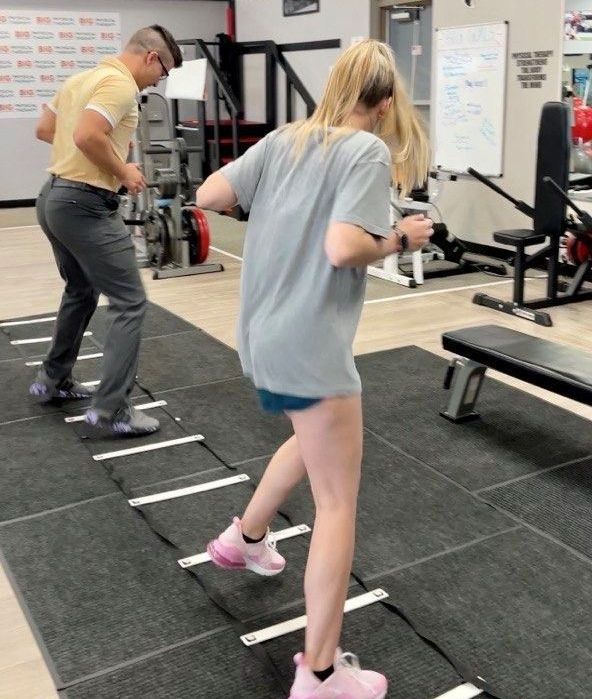
If your pain isn't going away, you're still noticing swelling, you don't feel as strong as you were, you're worried about further injury, or you are noticing mobility restrictions, seek physical therapy for sports injuries. Doctors are focused on getting you back to a general normal state, when you want to get back to the physical condition you were in before your injury - or better. Physical therapy helps you meet that mark and exceed it, often without requiring surgery or risking additional injuries.
We always recommend physical therapy for sports injuries if you've had surgery. Surgery weakens the connections between tissues that physical therapy can help cure. You can also improve your flexibility, pain level, swelling, and balance at the same time. Because physical therapy controls the motion that your surgical site goes through, it helps prevent scar tissue, adhesions, and similar secondary injuries from forming at the site, getting you back on the field faster.
How to Prevent Future Sports Injuries
Among the top ways to prevent future sports injuries is by getting physical therapy for your sports injuries now. When your tissue doesn't heal right because you haven't been through physical therapy, it's more prone to remain weak and likely to be injured again. But in addition to preventing further injuries, physical therapy also helps you manage pain, improves balance and mobility, and may help you avoid surgery. If you've had to have ACL surgery or rotator cuff surgery, physical therapy will help you safely regain your range of motion while strengthening those areas to help prevent future injuries.
Back in the Game Physical Therapy is Here to Help!
Physical therapy for sports injuries is important, allowing you to get back to normal as quickly and effectively as possible. No matter what kind of sports injury you've had, if you're seeing signs that you may need physical therapy and want to prevent future injuries, you need to get started. Back in the Game Physical Therapy is here to help you get back into your pre-injury condition or better, making it easier for you to get back on track. Please contact us today to schedule a consultation.
About the Author
Ilia Todorov
Physical Therapist Assistant
Specialties: Physical Therapy for Sports Injuries
Certifications: Champion Performance Specialist (C-PS)
Location(s): Dacula, GA
Contact
Request an appointment
